
Museyon Inc.
Cover Illustration: Tiny Inventions
Published in the United States by:
Museyon, Inc.
20 E. 46th St., Ste. 1400
New York, NY 10017
Museyon is a registered trademark.
Visit us online at www.museyon.com
All rights reserved. No part of this publication may be copied or transmitted in any form by any means, electronic, mechanical, recording or otherwise, except brief extracts for the purpose of review, and no part of this publication may be sold or hired without the express permission of the publisher.
ISBN 978-0-9822320-5-7
195902
Printed in China

MAP : EUROPE
 FRANCE
FRANCE
VAN GOGH and Arles
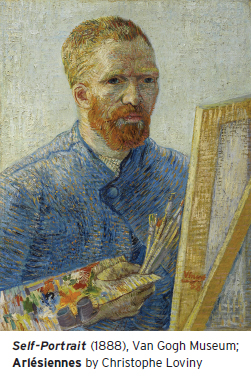
| In a career that lasted only 10 years, Dutch-born Vincent Van Gogh created some of the best-loved paintings in modern art. Many of his most dazzling canvases were completed in the year he spent in Arles, a sunny village in the south of France. Exhausted by his hard-drinking, hard-living days in Paris, he was hoping to create an idyllic artists community in Arles. The first, and only, artist to join him there was Paul Gauguin and the plan ended badly for both their friendship and Van Goghs left ear. Van Gogh produced an amazing amount of inspired work in Arles, including what may be the only painting he was able to sell in his brief career. Yet his struggle with mental illness proved too much for him and he took his own life at 37. |
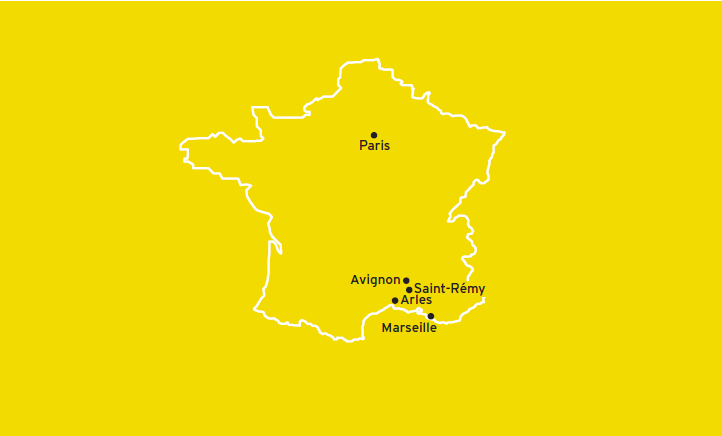
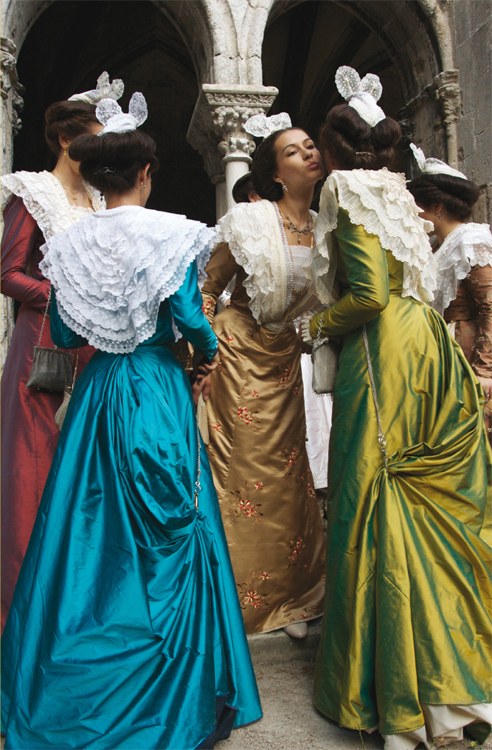
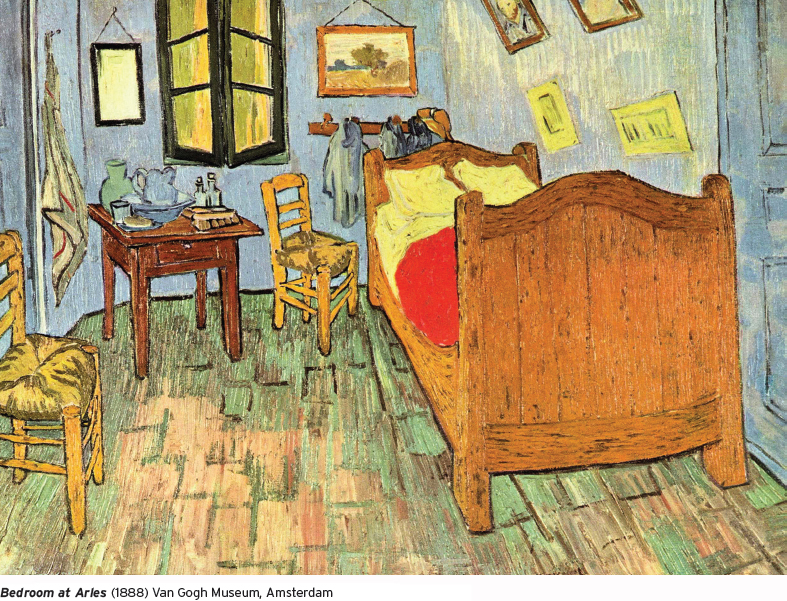
BY KRISTIN HOHENADEL
The light changes palpably on a high-speed train heading south from Paris to Provence. The landscape brightens, fields of sunflowers rush by, and a sense of dj vu sets in as a 3-D rendering of Vincent Van Goghs vision of southern France materializes in all its vivid poetry.
In February of 1888, the Dutch artist boarded a train to make this same journey, fleeing gray Paris to seek out the shock of Provenal color and light. But before he painted the now-iconic images of sunflowers and wheat fields and nights lit with stars that flame like miniature suns, the 35-year-old Dutchman found himself snowed in for three weeks of uncharacteristically wintry Provenal weather. Legend has it that Arles was just a stop on a journey to Marseille to meet the painter Adolphe Monticelli, whose work he greatly admired. Van Gogh ended up staying for 15 months in Arles, a pretty, scrappy town in Camargue, with its Roman ruins and bullfighters, soldiers, and women in Arlesian costume.
Marooned for those first few weeks in his room at the restaurant/hotel Carrel, he painted the view from its window and the woman at the front desk. The wintry landscapes reminded him of the Japanese prints he so admired. In the spring, the artist moved to a yellow house on the Place Lamartine; he dreamed of turning it into an artists compound and embarked on a period of frenzied productivityhe made some 300 paintings and drawings hereand unprecedented madness.
At that point in his life, nobody could have predicted that the then-obscure Van Gogh was at work on the handful of paintings, now scattered around the world, that would earn him posthumous status as one of the worlds most celebrated, influential, and high-grossing artists. Especially not the people of Arles, who, when they noticed him at all, saw what looked like an unwashed, half-starved, perpetually drunk, redheaded, raving-mad foreigner. They never imagined they had a genius in their midst.
The story of Van Gogh has always been irresistible from a human perspective, because the man died penniless (having sold exactly one painting), taking his own life in a fit of despair in July 1890, at the age of 37. Born in Holland in 1853, he was the son of a pastor and was drawn from an early age to religion and art. He tried and failed to become a man of God like his father and an art dealer like his uncle, dabbling as a bookseller and English teacher along the way. Eccentric, sensitive, off-puttingly intense, and unlucky in love, he seemed to be constantly rejected by the world. At the age of 27, largely inspired by the socially conscious work of Jean-Franois Millet, he decided to become a painter. In 1886 he went to Paris, where his younger brother, Theo, an art dealer, introduced him to the Impressionists, encouraged him to paint, and funded his trip to Arles.
SUNFLOWERS
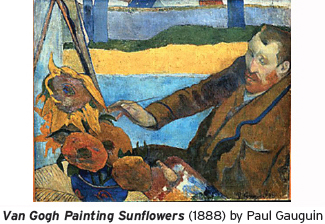
In August 1888, Van Gogh embarked on this series of sunflowers as decoration for the guest room for Paul Gauguin in the Yellow House. Each painting became increasingly brighter, culminating with the fourth canvas, currently at the National Gallery in London. Here a bright yellow background replaces the blue of the previous versions. Three repetitions of the third and fourth versions were painted the following winter.
The Arles Sunflowers are so closely tied to Van Gogh that they have become among the most valuable canvases ever painted. A repetition of the fourth version (yellow background) sent shockwaves through the art market in 1987, when it sold for nearly $40 million at auctionmore than quadruple the previous record. It didnt hold long though, another Van Gogh was sold shortly thereafter for over $50 million.

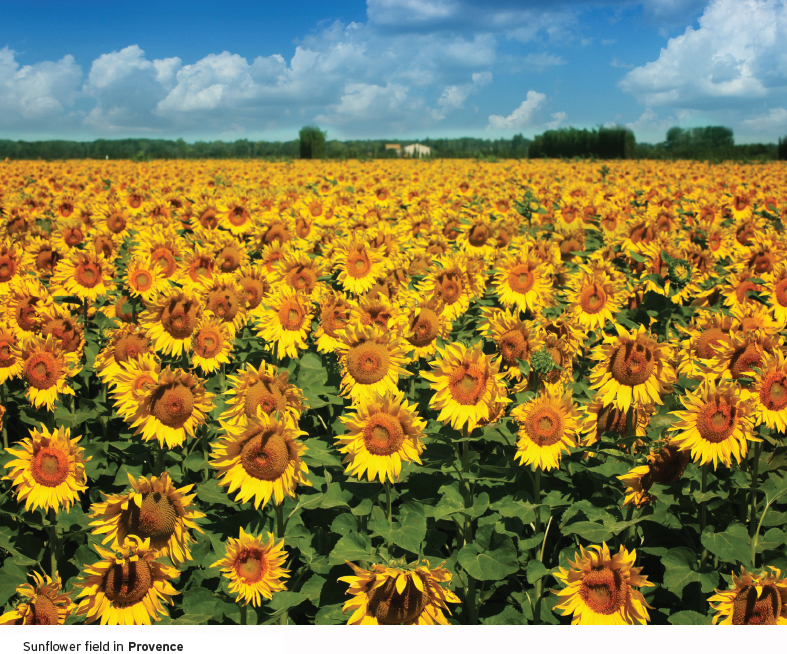
In Arles, the late-blooming, self-taught artist, who had now absorbed the lessons of the Impressionists and the pointillism of Seurat, experimented with his own Post-Impressionist style. His developing Expressionist technique rendered ordinary thingsa vase of sunflowers, his own bedroom in Arlesin intense colors and muscular brushstrokes that distorted the ordinary, transforming it with a heightened emotion that both reflected the sentiment of the artist and stirred deep feeling in the spectator. His earlier work had been somber and grim (like The Potato Eaters (1885), which was based on his time spent evangelizing among poor Belgian miners, and which many consider his first great work of art). But in Arles he finally found the light, what he described in a letter to Theo as the high yellow note. (Some historians have suggested that his obsession with yellow may have come not only from the light of the south but from chemicals firing in his brain high on too much absinthe, which caused him to hallucinate and is thought to produce a sort of yellow vision when taken to excess.)

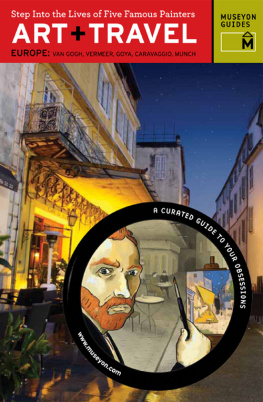
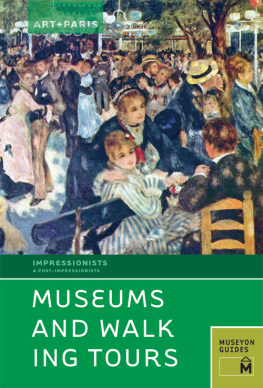
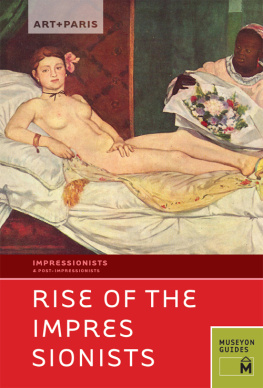
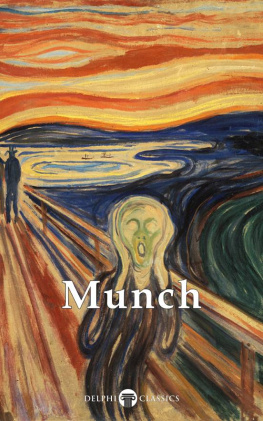

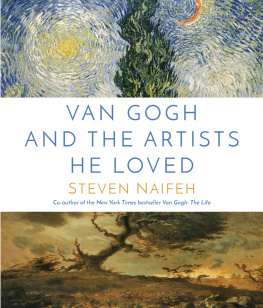


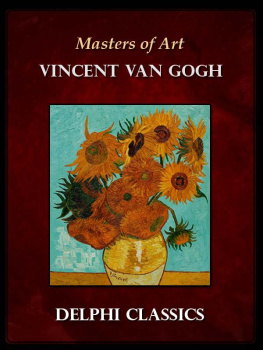
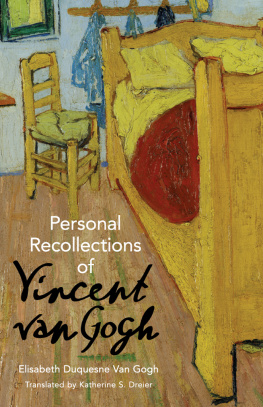







 FRANCE
FRANCE





